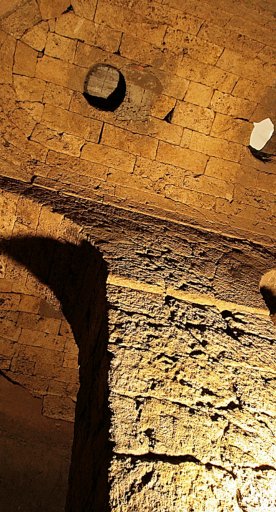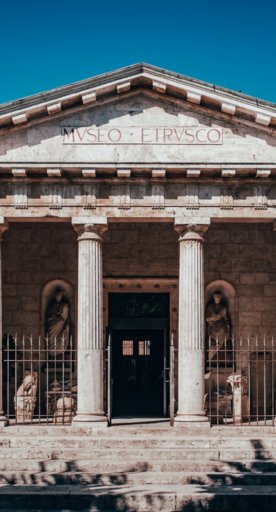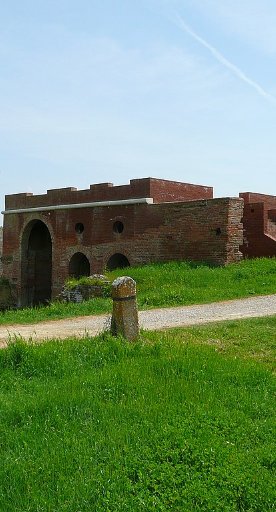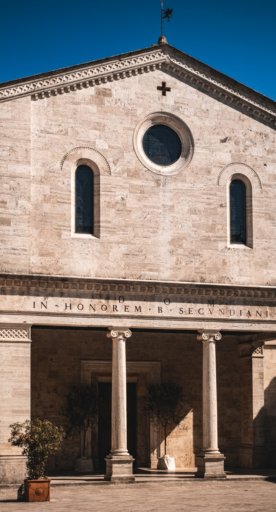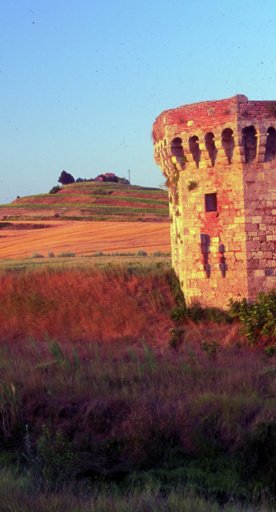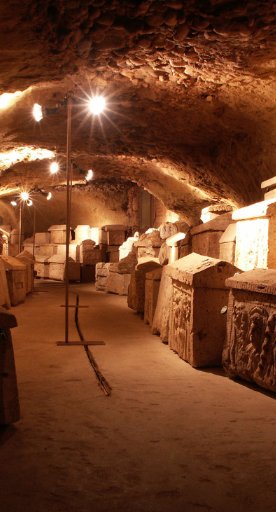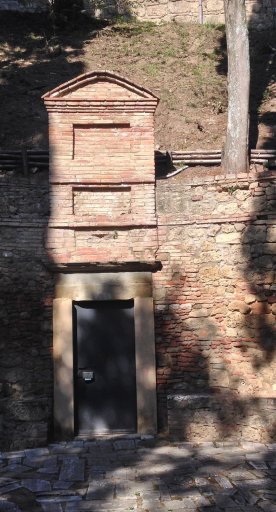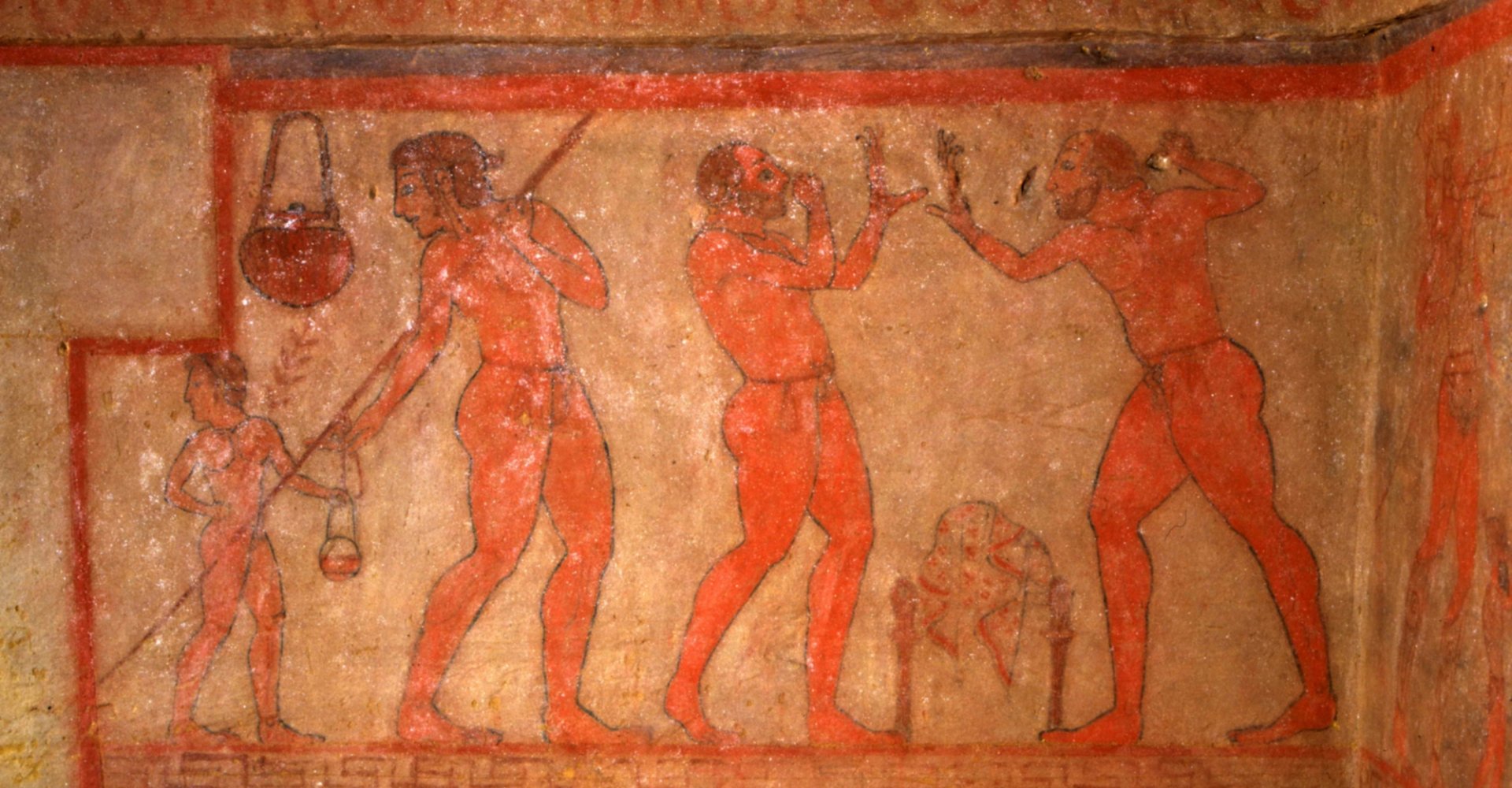
The Tomb of the Monkey in the necropolis of Poggio Renzo
The archaeological treasure of the Etruscan world at the gates of the city of Chiusi
The quiet countryside of the southeastern part of Tuscany, the Valdichiana Senese, holds splendid landscapes punctuated by hills and villages known to most. But it also preserves traces of a glorious past rooted in ancient times, that of the Etruscans.
A few kilometers from the Bandiera Arancione (Orange Flag) city of Chiusi, one of the oldest and most important Etruscan city-states, is the necropolis of Poggio Renzo, which houses a testimony of great archaeological value, the Tomb of the Monkey, whose origins date back to 480-470 B.C. in all probability.
Alessandro François was the archaeologist who discovered it by carrying out excavations in 1846; the catacomb is a hypogeous chamber with a dròmos entrance, a passageway that leads into the interior of the building whose walls tend to increase in height as one descends into the tomb (note that the staircase today is not the original). The structure has a cross-shaped plan, consisting of three different funerary rooms facing a vestibule.
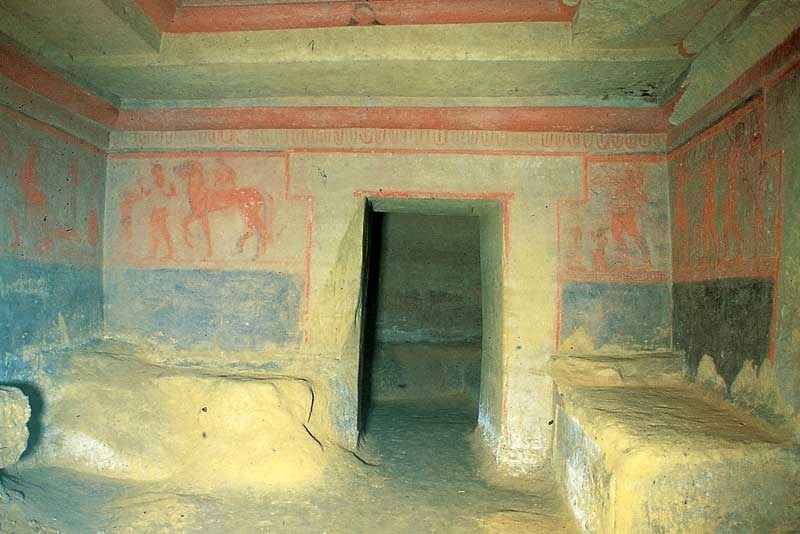
As it has no inscriptions, the Tomb of the Monkey could not be attributed to any family that wanted it made, but we can assume with good reliability that it was intended for a woman because of a barely visible female effigy. The name it bears refers to the monkey depicted in a fight scene, accompanied by other frescoes depicting players, dancers and athletes intent on their performances, in deference to the deceased.
In the necropolis complex, there are also other funerary remains from the Etruscan period, such as the Tomb of the Pilgrim, the Tomb of the Lion and the Tomb of the Hill. To visit them, it is necessary to contact the National Etruscan Museum in Chiusi.
The Necropolis of Poggio Renzo is temporarily closed.
